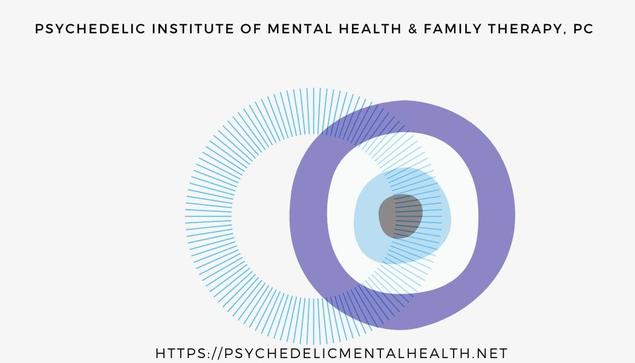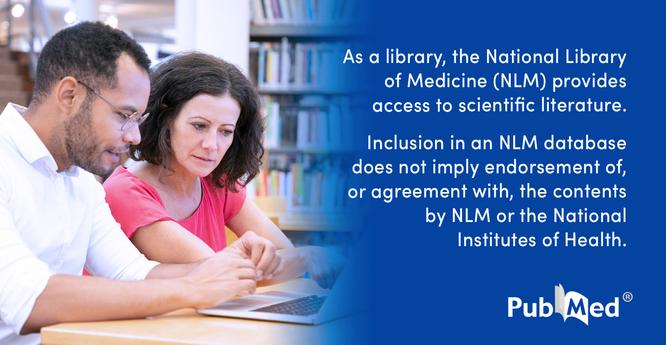Is #ketamine a #psychedelic ? https://psychedelicmentalhealth.net/is-ketamine-a-psychedelic/ #psychedelics #ketaminetherapy #psychedelicassistedpsychotherapy #ketamineassistedpsychotherapy
Did you know ketamine was coined a "dissociative anesthetic" by the wife of the chemist who first synthesized it lest its potential use in medicine be ruined due to its association with "classical psychedelics"?








